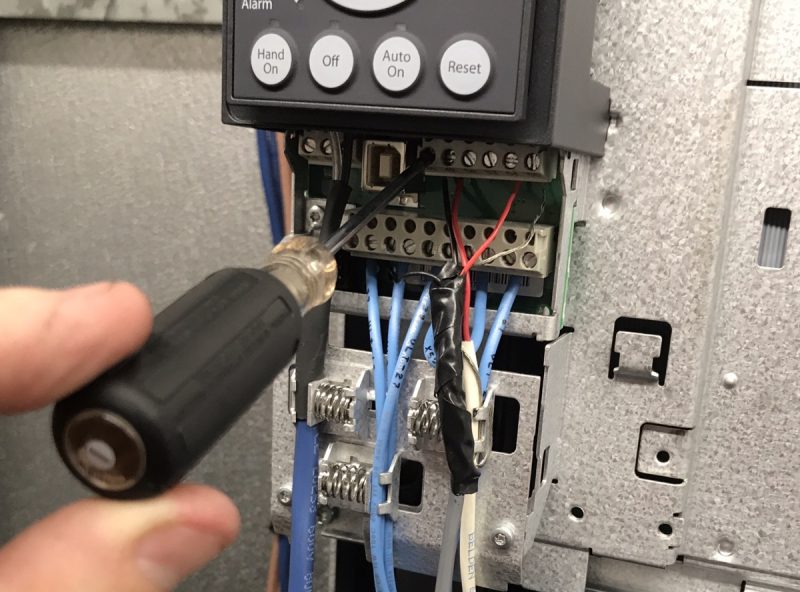Get Tech Tips
Subscribe to free tech tips.
4-20ma Control Basics
Back in the “good old days,” controls were all analog and mechanical; that simply means they acted in a directly connected and variable manner based on a change in force. Both pneumatic (air pressure) and hydraulic (fluid pressure) systems are examples of mechanical or analog controls. When the pressure increases or decreases on a particular device, it signals a change in action on another device, like a pump/valve, etc.
In the HVAC/R industry, we still see these types of controls; a TXV is a common example. Pressures in the suction line, bulb, and spring control the TXV and set the outlet superheat. So, these forces are all mechanical without electrical inputs or specific “data points.” The feedback from these forces is in constant tension to output the proper amount of refrigerant to properly feed the evaporator coil.
Digital vs. Analog
As controls have changed from mechanical to electrical, we now have systems controlled by analog electrical signals and digital electrical systems. “Analog” simply refers to a varying electrical signal (either voltage or amperage) that signifies changes in a system or device. A digital signal means data encoded into “digits,” which can be communicated using many different computer languages, rules, or protocols (these all mean essentially the same thing). In digital controls, the “signal” can include a combination of voltage, amperage, and on/off changes to communicate between devices.
So what about 4-20ma?
When the industry started to change from mechanical to electrical, they created a protocol (set of rules) that controls could use that would still function similarly to the old pneumatic controls. They decided that the range would be 4ma (milliamps) as the bottom reference of any sensor, and 20ma would be the top reference. If you were setting up a sensor to indicate the fluid level in a tank, you would set the bottom output to 4ma (meaning empty) and the top output to 20ma (meaning full).
In the case of a pressure transducer, you set the top range to the max rating of the sensor to 20ma and the bottom pressure reading to 4ma—you get the point.
Milliamp controls are great because of their simplicity and ruggedness. You supply power to a “sensor” (actually a sensor/transmitter, to be exact), and based on the measurement, the sensor reports to the transmitter that produces a milliamp signal. This signal is connected to an input on the control that measures the amperage and converts that to a reading.

Because the amperage is the same at all points in the circuit, the 4-20ma circuit is not impacted by a voltage drop or interference like a voltage-sensing circuit. Because the “bottom” of the scale is 4ma, the control can also sense the difference between an out-of-range condition below 4ma and an open circuit.
The downside of a 4-20ma control is that each device requires its own conductor. In digital controls, many devices can be controlled by a single conductor set or “trunk,” making these devices much easier to route, configure, and manage complex controls.
Testing 4-20ma Circuits
There are two different ways to measure milliamps. One is to use a special milliamp clamp called a “process clamp meter” that allows reading the amperage without disconnecting wires. These meters are expensive, and it is unlikely that a typical HVAC/R tech will have one.
The more common way is to use alligator clips on a quality meter set to the milliamp scale and connect in series with the circuit. That means you will need to disconnect a wire or terminal and put your meter in the path. That is the same way we test microamps on a gas furnace flame sensing rod, only using the milliamp scale.
—Bryan












Comments
To leave a comment, you need to log in.
Log In